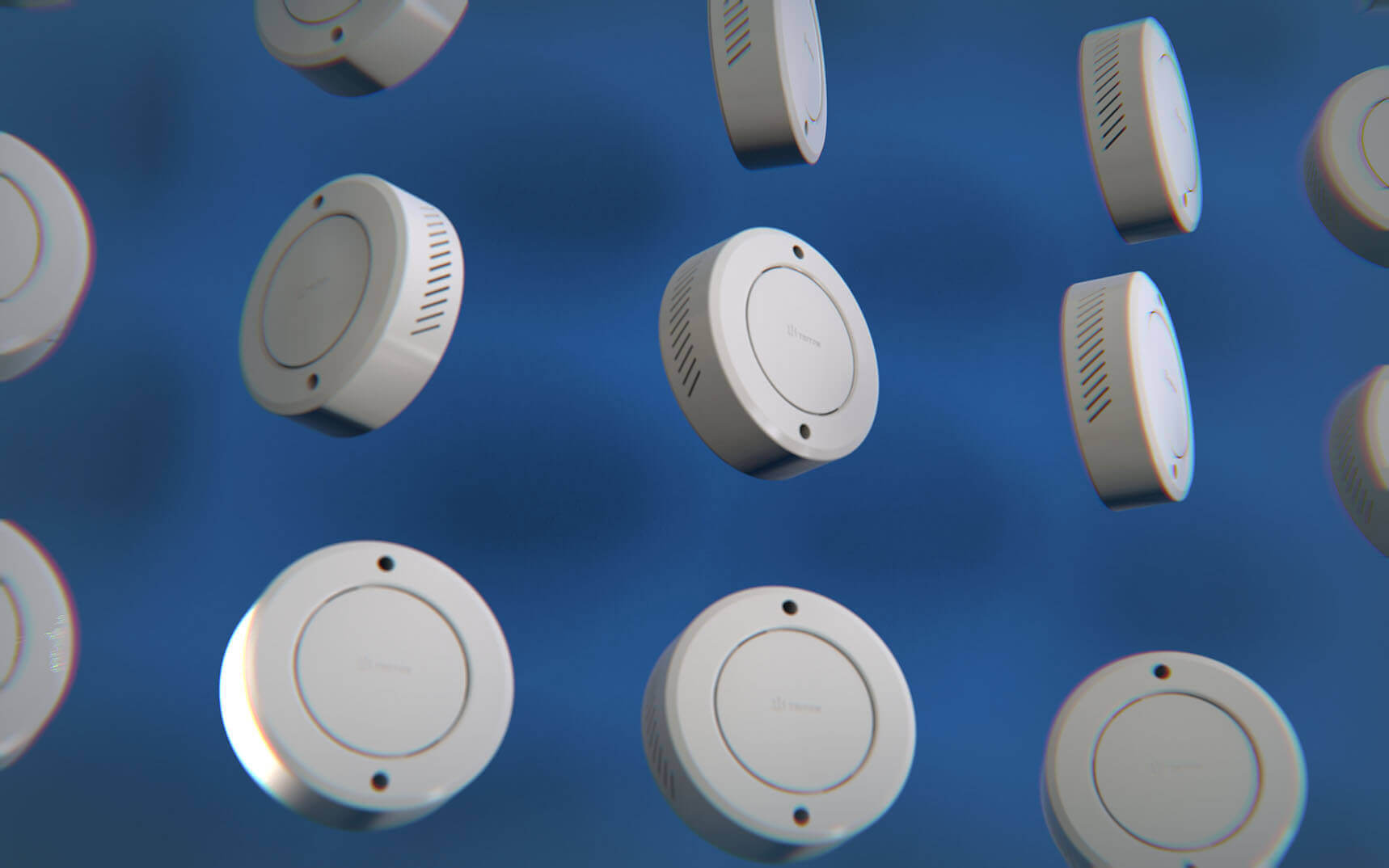A few years ago, e-cigarettes was a popular choice in schools. Students would sneak into bathrooms between classes and inhale flavor THC and nicotine vapors. Administrators and teachers were powerless until districts began to use a new tool to protect these students: the vape detection.
Today schools across the country are reporting significant success stories and demonstrating how transformative this technology has the potential to help in tackling the vaping epidemic.

A Case Study: Reducing the amount of vaping by 83% over 10 Weeks
Luling Independent School District experienced an extremely serious issue with smoking. Despite the warnings of school officials and the implementation of more stringent policies, some students still were vaping in the bathroom and locker room. Smoke alarms are useless in the case of vapor and staff simply cannot be everywhere all at once.
In March, the school district set up various vape detectors in schools in a test. The results were impressive. Within just five weeks the number of vaping incidents had dropped dramatically. In ten weeks’ time the number of vapers had dropped by 83%..
The results of the program exceeded just the numbers. Teachers reported fewer interruptions, and the students started to realize that vaping should not be tolerated.
Match Charter School Experiences Have Similar Results
Another excellent example is the Match Charter Schools, which struggled with both high school and middle school vaping. When they deployed a set of smoke detectors for vapes in August, the impact was instantaneous.
In December, only 4 months following the first report, administrators revealed an 80% drop in incidents of vaping. Parents applauded the school for adopting concrete measures to safeguard students, while teachers noted an obvious decrease in the amount of hallway loitering and bathroom crowding.
Both districts are part of a growing trend. Schools that adopt vape detection see tangible improvement in behavior as well as security.
What Makes Vape Detectors So Effective?
The technology behind the results is the reason they are possible. Modern vape detectors can’t just detect vapors, but they also monitor the quality of the air, measure occupancy levels, and issue real-time notifications to employees. Administrators don’t have to rely on guesswork or reports based on after-the-fact data.
In addition the fact that detectors have been designed with security in mind. No cameras. No audio recording. Only accurate, immediate data that helps schools act quickly without violating student rights.
This combination of effectiveness and compliance makes vape detectors one of the most practical safety tools schools can adopt today.
The Safety Net Extends Beyond Vaping
Many administrators are aware that the detection capabilities extend far beyond prevention. Advanced systems recognize loud disturbances or triggers for keywords that can be linked to emergency situations, or even vandalism threats.
If, for instance, the group is seen to be slooting in a toilet the detector will detect an unusual level of occupancy. Staff can be alerted immediately if someone shouts “help” or any other distress keyword. So, the vape detection devices in schools form part of an overall safety program that addresses health risks as well as potential violence.
Boards and parents are supportive of Vape Detectors
Transparency is a benefit which is often ignored. Schools that use detectors can generate reports that clearly depict patterns in vaping. These reports can be distributed to school boards, community groups and parents to prove that concrete measures are being implemented.
Parents are receptive, particularly when they are able to get tangible outcomes. A vape smoke detector isn’t just catching students it’s keeping their health in check and spreading the idea that smoking vape shouldn’t be allowed in schools.
The Recommendation The Takeaway: A Proven Path to Take
In the past, smoking cigarettes seemed as if it was a war in the shadows that schools could not beat. But, case studies that were conducted by districts across the country have proven that this isn’t the case. Administrators are able to spot incidents and discourage risky behaviors by using a real-time vape detector. This creates an environment that is more secure for students.
Vaping remains a problem but it’s evolving. Schools which invest in vape detection technology don’t just respond to the issue they’re setting towards a healthier future for their students.
Conclusion
From Texas from Texas to Massachusetts schools are proving that technology does work. Modern vape detectors do more than just sound an alarm. It transforms behavior, builds trust, and provides a lasting solution to one of the biggest problems for health of students. Vape detectors at schools are not just an trial for any district which is concerned about the safety of students. They’re now the standard.